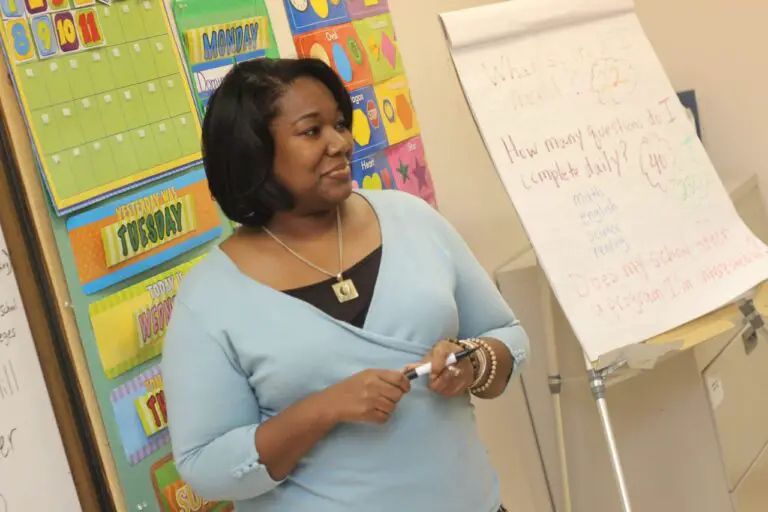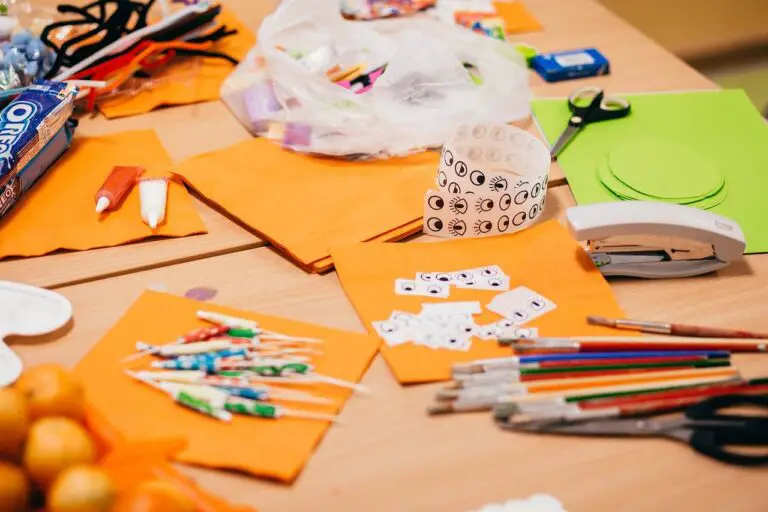A staple topic in the English classroom is the house. But beyond just teaching the names of rooms in the house, we can get our students to really connect with the language related to where we live.
So I’ve put together five novel and exciting activities that you can do with your EFL/ESL students that allow for creativity and deeper thinking. There are no boring worksheets or grammar drills here!

1. Nice home, nasty home
This is a fun elicitation activity that gets students thinking about different places where people can live, and whether they would like to live there.
It’s best to put them in small groups (3-4) but they can do it individually, too.
Give them about ten minutes to imagine all the possible places someone could live and then write them in one of two columns: nice home or nasty home. Note that this is not about locations, but they type of dwelling.
Obviously you’d expect house, castle, and mansion to go in the nice home column, while under a bridge and the street would go in the nasty places.

The most interesting ones could go in either, depending on individual preference. For example, some people would like to live on a boat, while others would hate it. What about in a cave? Or in a tent in the forest?
For lower level students, just naming a bunch of places is good practice, but for intermediate and advanced learners, get them to discuss the pros and cons of each place as they decide which column to put them in.
At the end, you can get everyone to share the most interesting places they thought of and even start a class discussion about whether they’re good or bad to live in.
2. Google Maps house tour
We’re very lucky to have Google Maps readily available at all times. And it’s a great tool to use in the classroom when talking about homes because we can find where people live and talk about their homes.
WARNING: Avoid this activity if your students might not like revealing where they live, as this can be a sensitive issue for some.
Typing in an address is good practice, but it’s often more fun to scroll around and find the location. Start off with where you currently are and get students to direct you to where they live.
While you can’t see inside people’s houses (definitely a good thing!), you can definitely talk about what things are nearby: shops, parks, neighbours, etc.
And you can always show your home! This is especially true if you come from another country to them, because they may never have seen what houses are like where you originate.
3. Word Hunt
Word Hunt is either a homework activity, or something you can do in a tutoring class if it takes place in your students’ home.
The idea is to go around and find lots of objects that the students don’t know in English.
If they come to a school for your classes, get them to do it at home and take plenty of photos (make sure parents are okay with this when teaching kids) then bring them to class. For a little extra work, have them research what the word is beforehand.
Alternatively, if you do the class in their house, go around with them, telling them what the words are and taking photos, too.
Then you have lots of photos with valuable vocabulary ready to make into incredible flashcards. This is perfect for my vocab teaching system which uses things like images and flashcards to hack the brain into long-term memory.
Find out more about my vocab system by reading the big guide here: Ultimate ESL Vocab Teaching Guide: Revolutionary system.
4. Room mood boards
Mood boards are a great way of developing vocabulary and encouraging emotional thinking. In this activity, we’re going to create lots of mini mood boards, one for each room in a house.
To start, everyone needs to draw a big house outline, then divide it into rooms: bedroom, kitchen, living room, etc. according to your learning targets. They should only draw one of each type of room.
Next, they label the rooms, but leave plenty of space to fill that room’s space with more words.
In the room’s space, they should write words that come to mind when they think of it. For the bedroom, there’ll be some obvious ones like bed and window, but also things like sleep and comfortable and private.
They can go beyond and write what emotions they feel there: safe, calm, alone.
Really encourage students to go beyond just writing the names of objects in the room. In fact, you could ban them from doing that and just focus on the adjectives and emotions that the room evokes.
I love this kind of activity, but beware of what students will inevitably write when they get to the bathroom!
5. Plan your dream home
Not ideal for beginners, planning a dream home is a wonderful project-style activity that you can adjust to the ability level and maturity of your students.
The basic idea is to give them a plot of land in which they have to design their ideal home.
I recommend doing it in small groups to get some discussion and team work going. Groups of 3-4 work best.

Give them a printed grid on which they have to fit their home. With older students, you can get them to measure out the size of the grid and decide how big each room should be. With younger ones, this might be a bit too much, so give them some more flexibility.
Depending on your goals with this activity, you can keep it short and sweet, just identifying what the main rooms are and what cool things they would have.
But you could also make it into a much larger project, with students deciding on interior design features like wall colours and furniture arrangement, and even go online to look up the prices of different things they’d need to buy.
Another alternative suitable for small classes and individuals, is to get a computer and play one of the Sims games. Change the language settings to English and help them learn about things when designing a house. Then you can set them the best homework ever – play a video game!







